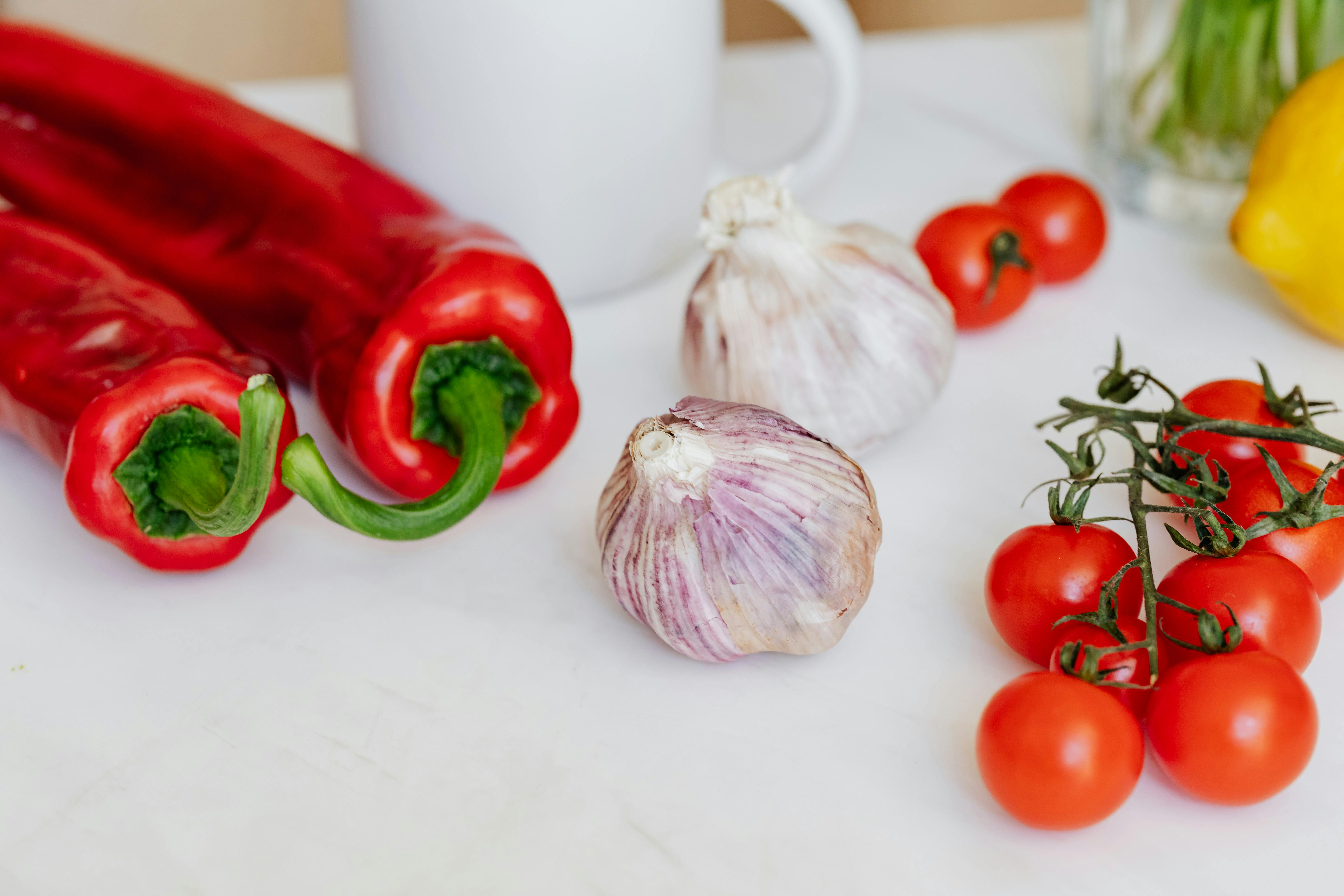I really like mayonnaise. Tuna salad, chicken salad, and egg salad can’t be made without it. I love it on turkey sandwiches, for homemade salad dressings, and potato and macaroni salad. (I make a macaroni salad with peas, carrots, tuna, and horseradish that wouldn’t exist without mayonnaise.) The problem is that most store-bought mayonnaise is downright unhealthy. I don’t like to criticize food, but there are certain products that really should be avoided, and poor quality store-bought mayonnaise is one of them.
What’s wrong with mayonnaise, you ask? Mainly, the oil used to make it is genetically modified. Unless you’re buying your mayonnaise from a health food store or Whole Foods Market, and it’s clearly labeled organic or GMO-free, then I can assure you that your mayonnaise is a GMO product. Almost all store-bought mayonnaise is made with canola oil, corn oil, or soybean oil, all of which are primarily genetically modified food sources.
Although I’m not super strict by any stretch of the imagination, I avoid GMOs whenever I have the option to do so. Although I do eat food that others prepare for me and eat my share of snacks (which unfortunately include GMOs), I can’t feel good about preparing a meal that includes something genetically modified. For a while, I stopped buying mayonnaise. I missed him terribly! No more tuna or chicken salad which was the worst! Then I tried to buy it organic and GMO free, but the price is exorbitant!
There is an obvious solution to this problem: homemade mayonnaise. Making my own allows me to use safe oils, like organic canola, safflower, sunflower, olive oil, coconut oil, or ghee. Although I usually cook with butter, ghee, or coconut oil, I do occasionally use other oils, sparingly. (I am careful about temperatures, as I know the smoke point of these oils is not very high.)
Homemade mayonnaise also allows me to use high-quality ingredients like Himalayan sea salt and free-range eggs. The final product turns out to be very good for my health and absolutely tasty.
There is no reason to avoid mayonnaise if you can make it yourself.
Tried doing this a couple of times recently and ended up with a blender of slime that I couldn’t even eat. It wasn’t mixed properly and the oil and eggs never emulsified. I remember doing it once or twice when I was 20, and I liked it. I was frustrated to learn that I’ve done it before, and it’s supposed to be a simple process, but my last two attempts turned out to be a poor excuse for mayonnaise.
Last night, I planned to make a tuna salad and wrap it in romaine lettuce leaves instead of bread. On the way home from acupuncture (for a frozen shoulder), I remembered that I had no mayonnaise. I took it to work to make a turkey sandwich and forgot to take it out of my lunch bag. Now that is an expensive mistake! I took it with me in the first place because of how picky I am about mayonnaise, and I ended up letting it all go to waste! Anyway, this prompted me to make my own. I live too far from a Whole Foods market and refused to buy GMO mayonnaise!
I couldn’t be happier to tell you that I found the secret to making great homemade mayonnaise! Most recipes tell you to first whisk together the eggs (or yolks), lemon or vinegar, and other ingredients, and then slowly pour in the oil in a stream as you process it all together. This just doesn’t work. I researched how to make mayonnaise before I started making mine, and here’s what I learned: The only way to really make the product emulsify is to add a little bit of oil at a time and mix until emulsified before adding a little. plus. Different recipes suggest different variations on this theme, but the secret is NOT to pour it in a slow stream, but to add it, a little at a time, until everything is well mixed.
I also learned that I don’t need to use a blender or food processor. This makes a thicker mayonnaise. Some recipes suggested hand beating, which I opted not to do due to my frozen shoulder. I decided to use an electric hand mixer and it worked great. It was much easier than a processor because cleanup was so easy and I didn’t lose any of the mayonnaise on the processing blades.
So go ahead and use your favorite mayonnaise recipe and make sure to add the oil little by little. Use the highest quality ingredients available to you. Experiment with different types of oils. Some love olive oil in their mayonnaise, but I find this too potent. Now that I’ve figured out how to do it, I’ll experiment with different variations. For now, I’ll make sure I have oil available to make mayonnaise. I am also going to try ghee and coconut oil as they are the healthiest oils available.
I didn’t follow a recipe. I used what was available at the time. I combined some organic canola and safflower oil that I had left, which equaled about ¾ cup. My dry mustard was so old I didn’t have the heart to use it, and I don’t care what brand of Dijon mustard is in my fridge. So, I just used a dash of spicy brown mustard and didn’t measure it. This is what my recipe looked like:
I whipped a free-range organic egg yolk, a splash of dark spicy mustard, two generous pinches of Himalayan sea salt, and ¾ of a fresh lemon (it was very lemony) in a bowl. Then I added, little by little, a little oil, mixing well between each addition. I used a small teaspoon that measures less than a teaspoon, and I was adding it in this way until almost all the oil was added. Towards the end, I added a little more with each take. In total, I used about ¾ cup of oil.
The end result was a delicious, creamy, well blended, and healthy homemade mayonnaise! I will never buy store-bought mayo again, except for the occasional mayo emergency.
I encourage you to try this. It really is easy. It takes a bit of time, but the end result is well worth it. Your taste buds will love you for it, and your body will appreciate gentle, healthy self-care.




